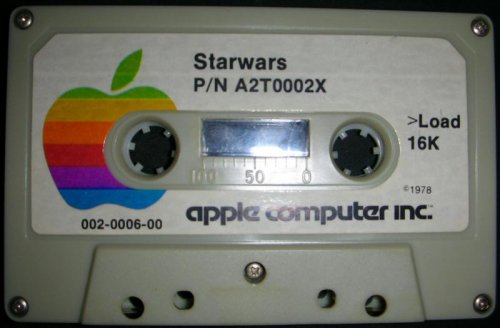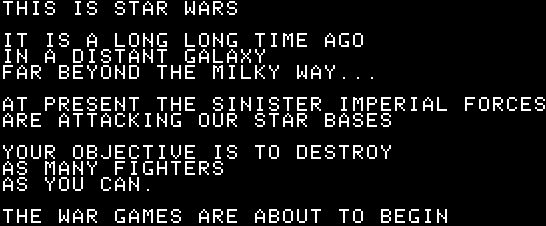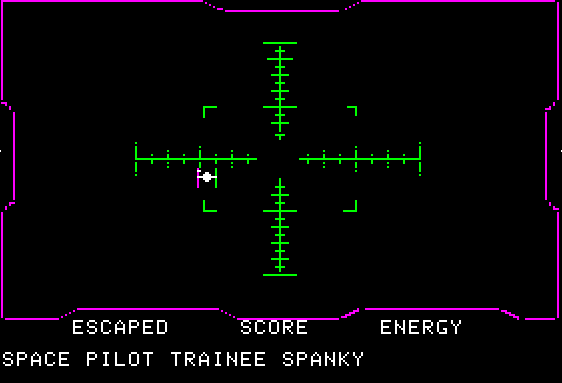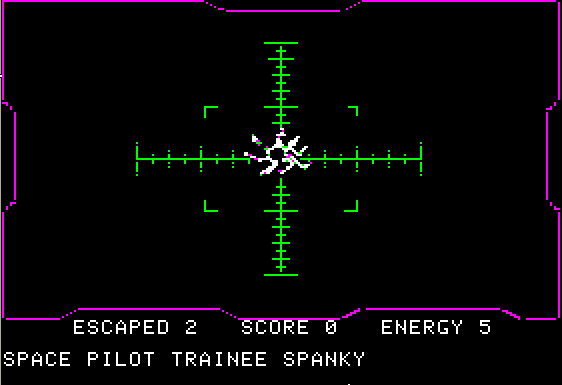
Apple Cassette Games
No Apple eight-tracks?
Some of the very first Apple II models ever released loaded their programs via cassette tape instead of floppy disk. The load time was exactly as slow as you're imagining it was.
There wasn't much space either. The programs that were sold this way in the late 70's were written with simple BASIC, and were resold on one floppy by 1980 (Apple II floppies themselves were 140k, or the size of a proton compared to the Jupiter-sized space on one DVD). So.....yeah, this stuff's as primitive as Apple gets.

Most of the cassette programs sold by Apple were graphics demos or maintenance programs, but there were a couple games in the mix. The Breakout clone "Brick Out" first debuted on cassette, and there were also (undoubtedly unlicensed) games based on Star Trek and Star Wars. Note the 1978 copyright date. The first (or fourth) movie was brand-new, and Star Wars mania had just gripped the country. Legal or not, this is one of the first Star Wars-themed games ever published. That stupid holiday special wasn't even out.
![]()
After waiting around five minutes, this bit of text floats up to the middle of the screen and the Star Wars theme begins playing with low computer tones. After listening for ten seconds, you push a key -- any key -- to skip the rest and move on to the game, only to discover it doesn't let you do that! You have to listen to the whole thing!
In fairness, I think whoever wrote this program figured you would be so in awe of this incredible machine playing these tones without any instruments that you'd want to hear the whole song.

Finally, after that wait's over, the computer asks for your name and then prompts you for instructions.

Accurate adaption, isn't it? There were no handy references this guy could rely on, other than the mountains of merchandise. He had to use his foggy memory of the opening scroll from when he saw it at the Bijou the previous year.

This is the only screen in the game, and your goal is to align your target with the tiny TIE-Fighter-ish glob in the distance. Once you do, and successfully hit it, another one appears, and so on until you run out of "energy."

The TIE fighter does not move on its own. The controls are the same as in the arcade game Marble Madness -- it feels more like you're tilting space to make it slide in your direction. Normally this would be done with a joystick, but during this time period, it likely had to be done with paddle knobs -- one knob moved things vertically and the other moved them horizontally. Your computer mouse is a much better substitute.
I'm sure in 1978 this kind of thing blew people's minds.